Lately, summers have been getting hotter. Without some sort of home cooling mechanism, the scorching temperatures quickly become unbearable — and in some cases, deadly. The human body isn’t designed to withstand high heat for long periods. Without reprieve, high temperatures eventually lead to heat illness and heat stroke. Discomfort, dizziness, profuse sweating, and disorientation are concerning symptoms that occur when the body is unable to cool itself.
And overheating isn’t just a summer occurrence. It’s possible to feel too hot in the dead of winter. Stuffy, ultra-warm interiors and flannel pajamas aren’t everyone’s idea of cozy. I keep my thermostat set to eco-friendly temperatures.
When I feel a bit chilly, I pop on a sweater and slippers. Most people who visit my home know to bring extra layers. I love snuggling in a blanket and wearing big chunky knits. If my heat was ever on full blast, I’d overheat immediately. Instead, the moderate temperatures indoors keep the humidity at a livable level and help save on my heating bill.
So how do you cool down a room? Whether it’s the middle of summer or an unusually warm December, here’s how to cool down a room when it gets too hot.
Traditional Cooling Methods
If you have the means to utilize traditional methods for cooling down a room, check out these ideas for instant relief from the heat.
Install Air Conditioning
One of the most obvious solutions is to install an air conditioning unit. There are a variety of options out there including window units and energy-efficient central air. Do your research before investing in an A/C unit or system. A poorly matched air conditioning system is not energy-efficient and may cause humidity issues in your home.
Obviously, there are downsides to A/C. It’s expensive, and it’s an energy-gobbling appliance. If you’re dead set on bringing air conditioning into your home and your house already includes a furnace and ductwork, opt for a heat pump A/C system and save on your heating and cooling costs. Need something more portable? A rolling unit with a window duct is your best option.
Grab A Fan
A fan helps to circulate air and while it won’t significantly affect a room’s temperature, it’s a must-have for sweltering hot days.
Open A Window
If temperatures at night are cooler than during the day, it may help to open a window. Opening a window is equally helpful on spring days when the house feels stuffier than usual. Let in the breeze and cool down with the help of fresh air.
Lower Your Thermostat
Cranking up the thermostat is a terrible way to keep your house warm in the winter. It decreases humidity (which causes dryness and increases your chances of catching cold and flu viruses) and can seriously impact your electricity bill. If the moment you catch a chill, you find yourself turning up the heat by several degrees, know that this isn’t the best way to manage your home’s temperature.
Cranking up the heat doesn’t warm your house any faster, it just wastes energy. Eventually, you’ll notice it’s too hot and lower the thermostat again.
Related Post: Sustainable Living
Keep it at a constant setting (or invest in a smart thermostat) that’s comfortable but not too high. If you get a bit cold, resist the urge to raise the temperature setting by more than half a degree, and try throwing on a shawl or sweater while the house warms up.
Off-Grid And Nontraditional Cooling Methods
Okay, but what happens if you’re stuck in a heatwave and the power is out? That fancy A/C unit isn’t going to be much help. If you’re suffering through high temperatures without the cooling magic of an air conditioner, here are a few ways to cool down yourself and your room.
Keep The Cool Air In
If your A/C is running efficiently, the worst thing you can do is leave doors and windows open. Leaving them open causes your system to work even harder to cool your home.
Invest In Quality Window Treatments
In the spring and fall, I rarely need to touch the thermostat. Our big windows let in so much sun that the house becomes a sort of greenhouse. I often walk around in shorts when it’s below zero because the sun does such an excellent job of heating our interior space.
In the summer, though, the greenhouse effect creates an uncomfortable environment and causes our A/C to work harder than it should. Investing in blackout curtains helps us keep our home cooler inside — even on days we don’t run the air conditioning.
Swap Out Your Lightbulbs
Replace all the bulbs in your home with energy-efficient LEDs. Incandescent bulbs give off a lot of excess heat that can have an impact on room temperature.
Re-Evaluate Your Sheets
I don’t quite understand folks who adorn their beds with thick flannel sheets in the wintertime. The thought of sleeping on that soft, warm material makes me anxious. I sleep hot. My body radiates heat, and I know I’m not the only one with this affliction.
If you’re a hot sleeper, buy the right sheets. For those on a budget, cotton sheets are highly breathable and lightweight. Bamboo sheets are a luxury option with cooling and antimicrobial properties.
Avoid Using The Oven
Resist the urge to bake, roast, or broil during the summer months. Turning the oven on, even on cold days, really heats things up, so it’s a no-no in the summer. If you want to cook, take it outside to the grill.
Hang Out In The Basement
Sometimes it’s impossible to cool down a space, especially a top floor. If you usually sleep on a second story or in a loft attic, consider taking your pillows to the basement for a more comfortable sleeping environment.
Cool Down Your Body
Whether it’s an ultra-hot summer or you’re warmer than everyone else during a winter gathering, it’s not always possible to cool down an entire room. If you’re stuck and feeling uncomfortably warm, try drinking something with ice or stripping off layers of clothing. Use cold therapy packs from the freezer on your neck to help lower your body temp.
It’s easier to cool down yourself than it is to reduce the temperature of an entire room. When it’s boiling, I like to take quick, super cold showers.
Related Post: 20 Outdoor Showers for Your Lake or Poolside Home
The cold water requires less energy, and I keep them short to avoid unnecessary water consumption (icy cold showers are tough to withstand anyhow).
Open Multiple Windows
Your living room is too hot, so you open up a nearby window. You might not notice much of a difference in temperature, though, unless you open up another window to create a cross breeze.
Create “Icy Wind”
While a fan helps cool down surroundings by circulating air, it doesn’t actually lower a room’s temperature in any significant way. Place a bowl of ice on a table or surface next to your fan and position the fan so that it blows toward the ice. The freshly blown air will feel nice and chilly.
Plant A Tree
If the sun pours into your home and leaves you sweating, consider planting a tree to provide a bit of shade and block some sun. Do your research to find out which type of tree is most suitable for your property.
This strategy requires a bit of patience, of course, since a tree takes time to grow. For a quicker shade solution, install an awning or pergola to keep the sun from overheating your home.
Dehumidify
In humid locales, the moist air can increase your sense of discomfort tenfold. Humidity also reduces your body’s ability to cool itself. Run a dehumidifier to control your home’s humidity in the summer. In the winter, dry homes can benefit from the addition of a humidifier to help cool down.
Whether you plan on adding or removing moisture from the air, keep an eye on the humidity levels in your home by investing in a thermostat with humidity sensors. An ideal level is around 45% humidity.


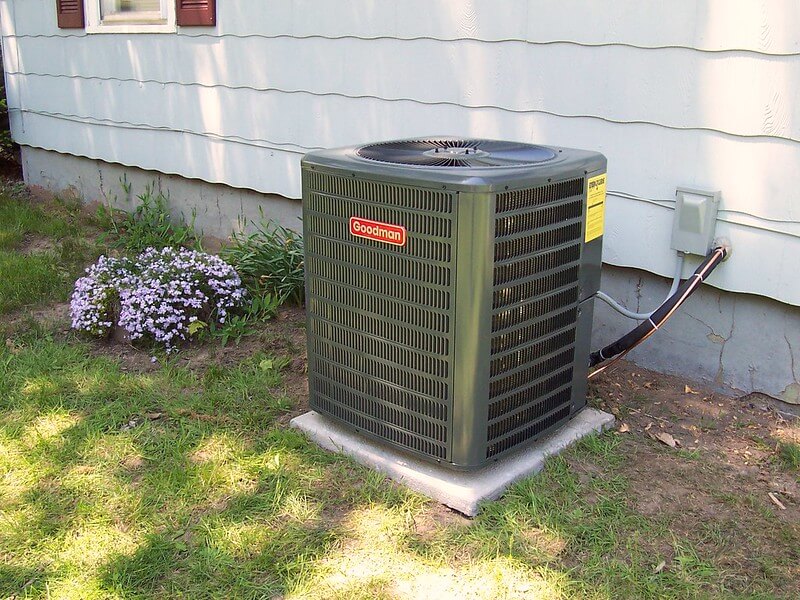
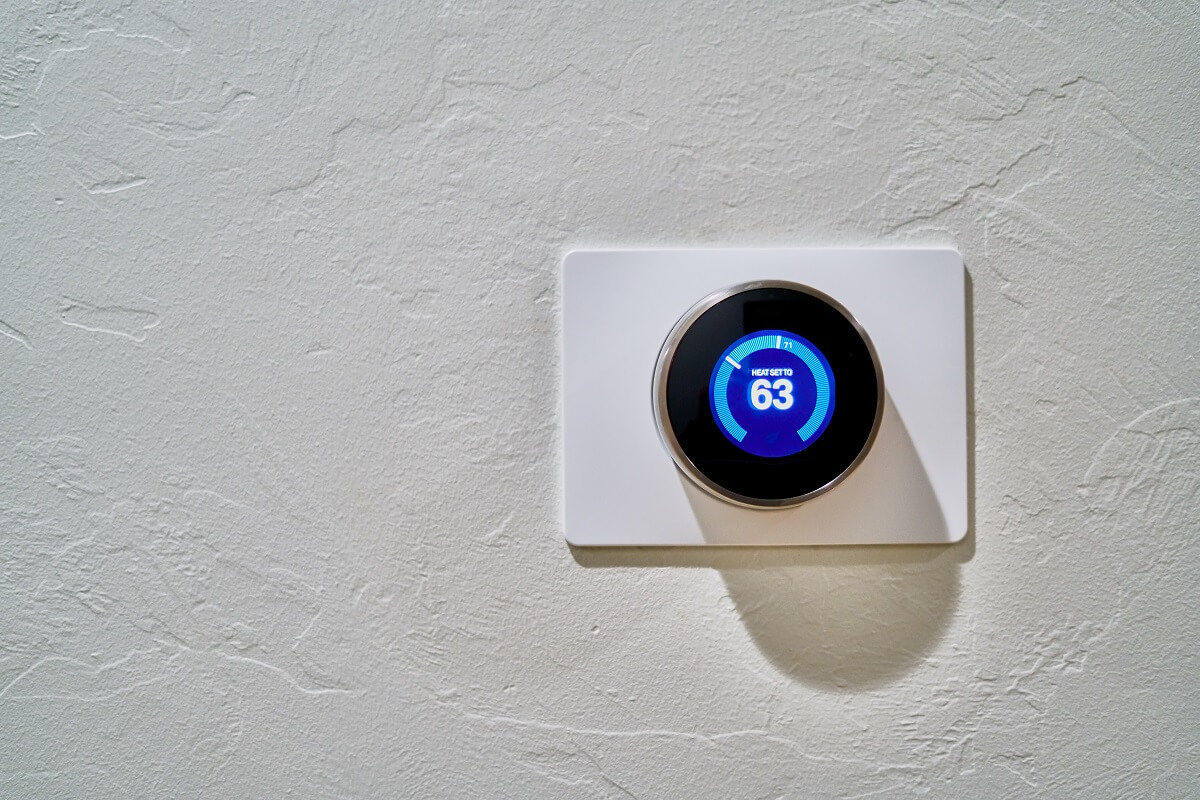
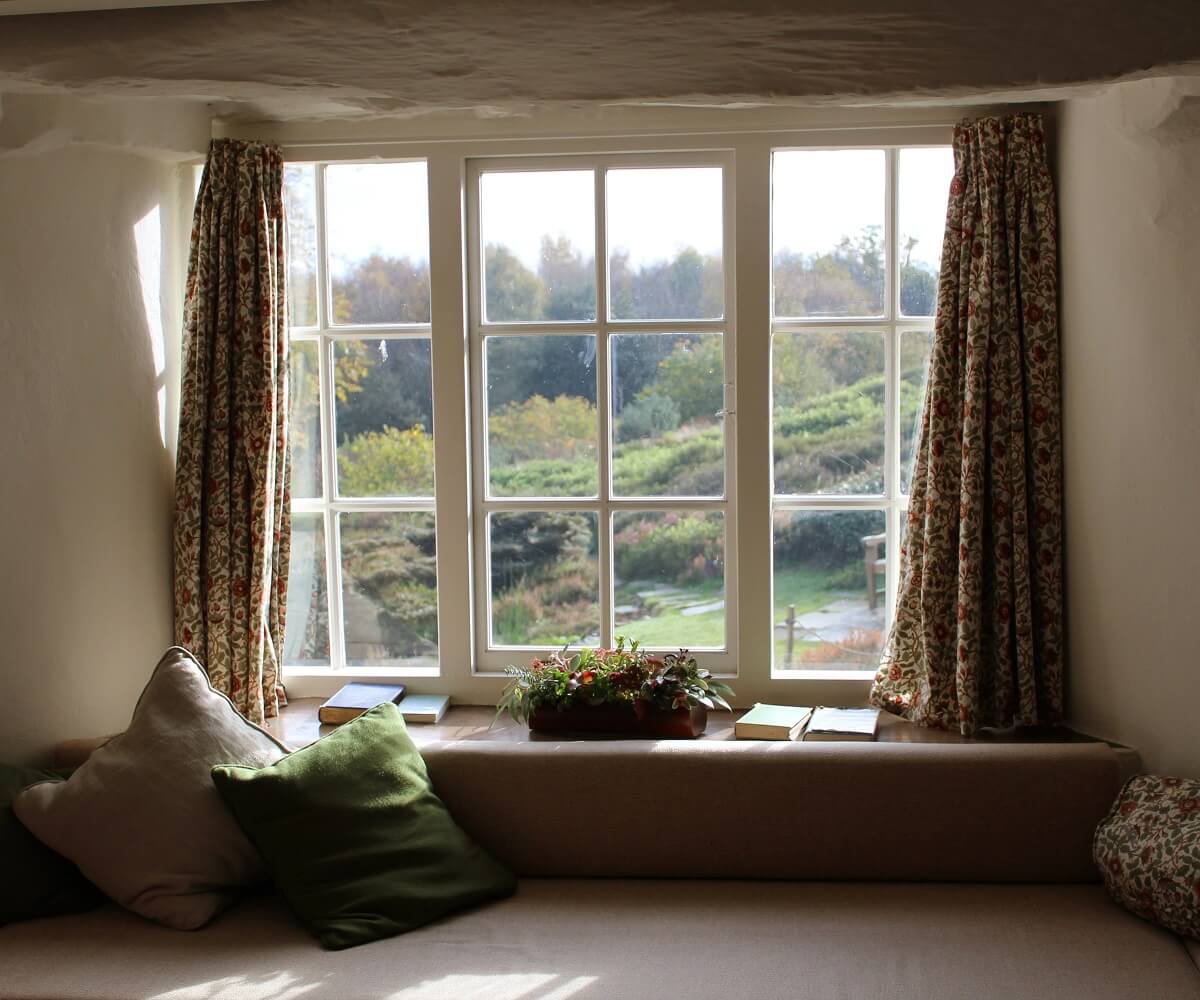
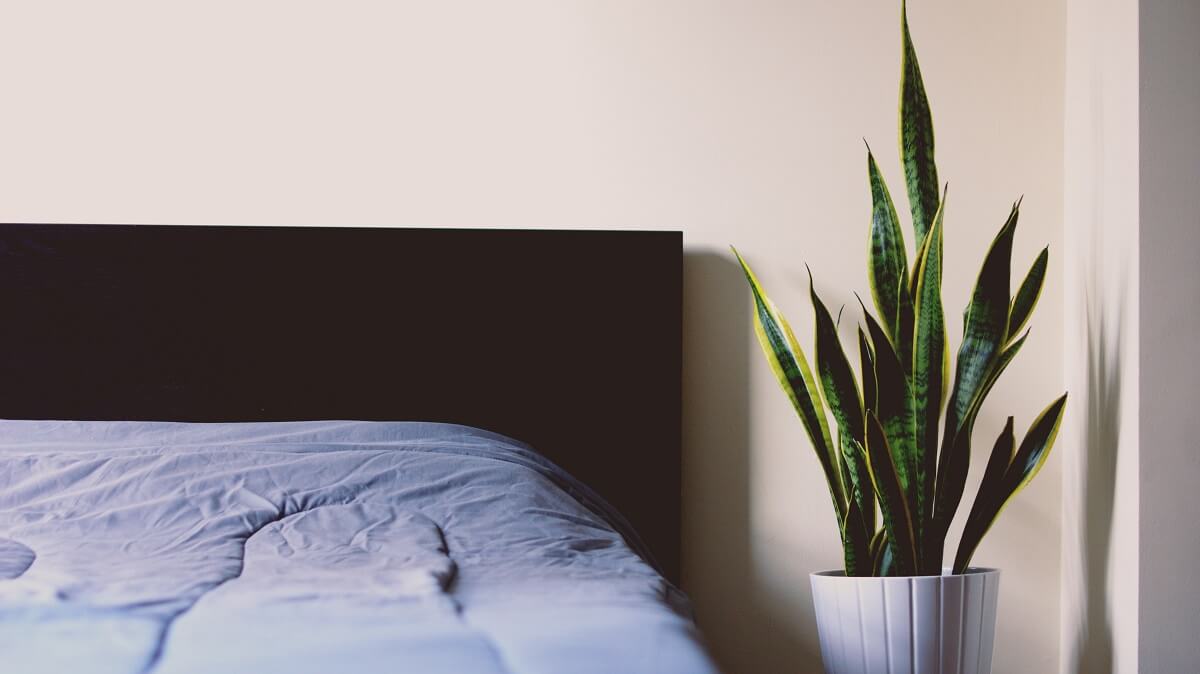

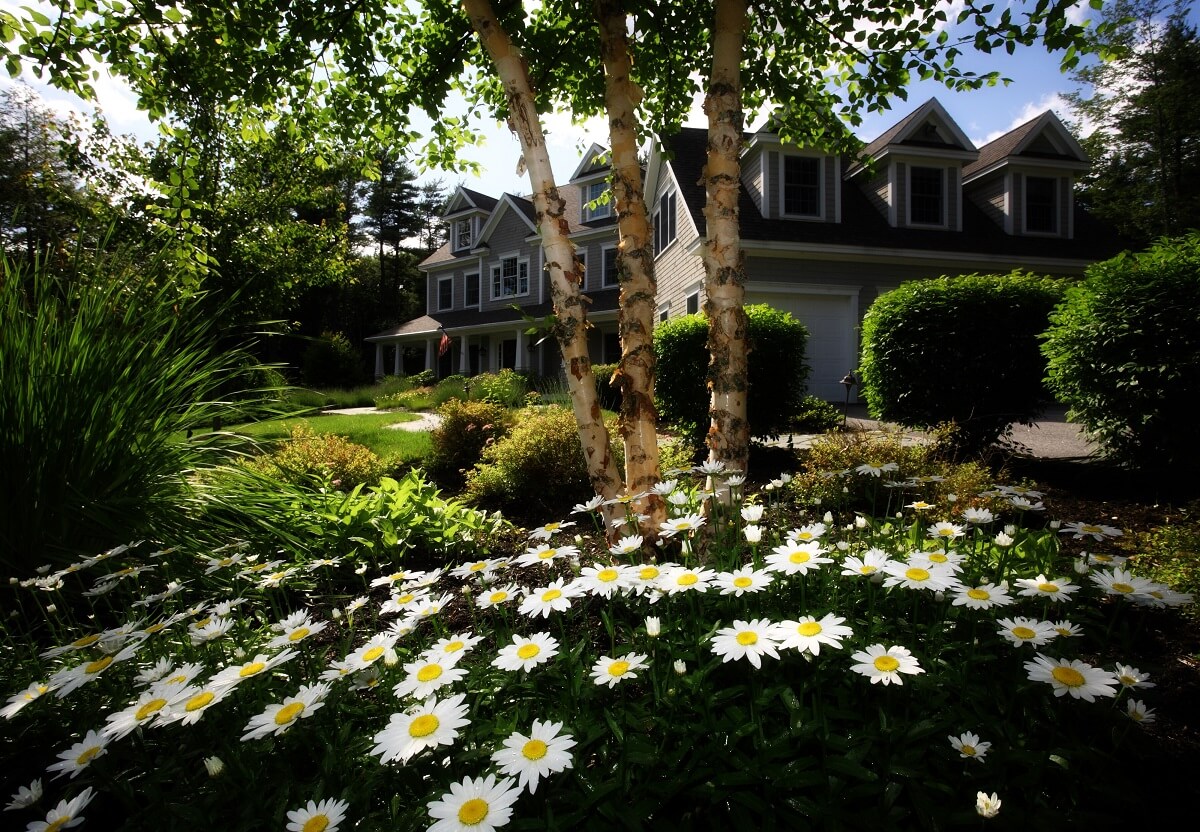

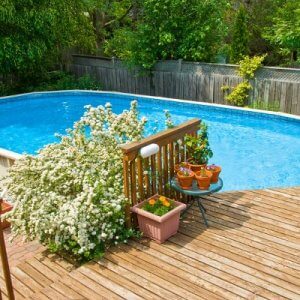










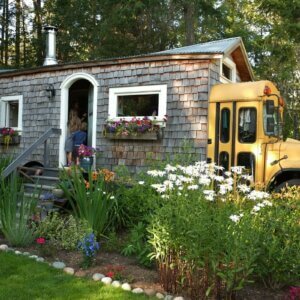









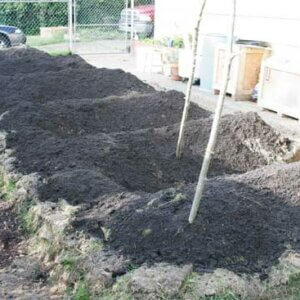





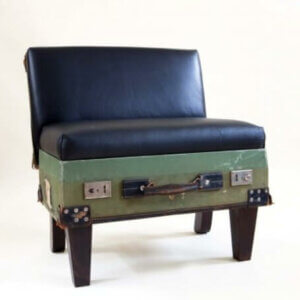

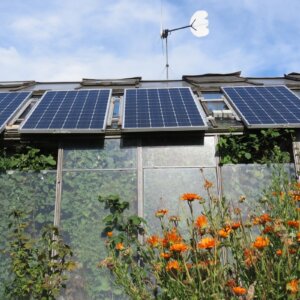



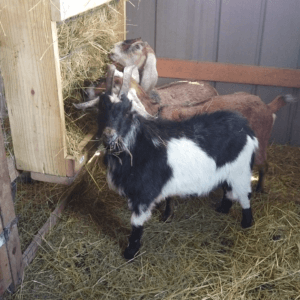



Aw. I thought this would be about how to turn a room in a modern centrally-heated house cold enough to work as a root cellar to store your winter vegetables.
But instead it’s just a bunch of really obvious stuff that people in countries with AC as standard equipment apparently have forgotten.
Anyways, here’s another two tips for new home-owners or the next move:
1. In Europe, residential houses and appartments normally don’t have AC. But we do normally have exterior roller blinds made of metal or wood on all windows and glass doors. These can be closed during long winter nights to keep the heat in, and in during summer days to keep the heat / light out (you air the house out in the early morning, when the air outside is still cool). They’re much better than indoor blinds or hangings, because the heat produced by sunlight hitting a surface will be trapped between the double- or tripple-glazed windows and any indoor blinds, and thus will still radiate slowly into the room. Also, exterior blinds can serve as a security measure, as they make it more difficult / time-consuming / noisy for burglars to access the windows / patio doors to drill into them and get to the locking mechanism. The more heavy blinds for very large windows are raised and lowered by an electric motor, which usually has a timer and/or automatic setting based on local sunrise/sunset time – so they can be used to fake occupancy while you’re away from home, which also contributes to making your house less attractive to burglars. The exterior blinds can also be used to turn a room pitch-black in the middle of the day, which is helpful if you work nights and need to sleep during the day.
Here’s a (manual usage) example, described by an American expat in Germany: https://www.youtube.com/watch?v=SCplxjShWss
And yes, apparently some people in the US (possibly veterans who were stationed in Europe) have found these so useful that there now are companies that will sell and install these in the US: https://www.youtube.com/watch?v=cNfD0w-GE-8
2. As my parents said when I went off to university: Never rent an appartment with south-facing windows. Because the sun will shine on them almost the whole day in the summer. Though I think this piece of advice was based on their own experiences with appartments in their own youth, when double-glazing wasn’t a thing yet, and exterior blinds may not have been commonly installed, so the sunlight couldn’t be kept out or it heated up the metal blinds, which then radiated heat through the badly insulated windows. (A lot of appartments in Berlin are situated in old multi-story buildings that were originally built as single-family townhouses by the rich, 100 years ago or more. And back in the 1960s and 1970s these hadn’t been renovated much yet, or at least things like bathrooms in every appartment and central heating instead of separate coal ovens in every room seemed a more urgent modernization at that point.)
Hi Vivi, that’s a fair critique. While the average Insteading audience member probably knows many of these tips, the majority of people searching Google for topics like “how to cool a room” have never heard of these techniques, so as a website promoting better energy choices, we can do the most good by educating that larger audience on the basics. That said, there’s obviously value in more ‘advanced’ or edge case techniques, so thanks for sharing those other tips!
I think getting a modern house to also function as a root cellar might be a bit optimistic – in most climates I think you’d have more success with an underground technique outside of the building envelope? I’m willing to be wrong about that, though, if you find any good resources then please report back! I’m sure there’s plenty of folks in modern buildings who can’t simply dig an underground cellar, either, so non-refrigerated alternatives would be really interesting to hear about as well. Our family’s solution has been to use a chest freezer rather than cool/dark storage, but we are in an area with relatively affordable and clean electricity.
Photo/Attachment:
I too had high hopes for this article. I would love to know which countries have a/c as standard equipment! In Oregon where I lived from 1972-2012 I never had a/c. The house I sold right before I moved was built in 1911 and it certainly was not in my budget to add central a/c and there were a few extremely hot days and nights upstairs in my bedroom but they don’t last long there. Now I have moved to Satans armpit (Phoenix, Az) and it was within my budget to add central a/c since I downsized. My problem is that I live in a 2006 Cavco which is a modular/manufactured home. They are not ideal for keeping heat in the winter and it’s especially horrid in the summer. My electric bills in winter are around $150.00 and from May-September they go from $300.00 up to $500.00 per month. It’s obviously the blazing inferno of 120 degree temps but its also from no crawl space above and no insulation underneath the home and the windows are single pane but I can’t afford new ones. Its only 1300 sq ft, no pool and 3 ppl. No cooking or appliances run during peak hours (3:00-8:00pm) and I keep my thermostat at 84! So I need some creative, outside the box ideas because I also have 3 furry dogs that don’t tolerate heat too well and believe it or not, 120 degrees is too hot for swimming or being outside at all. It never cools down below 100 during July and August! It’s dang hot!! I think I need an exit strategy stat!
I didn’t see anything new and useful or anything I hadn’t tried (except I don’t have a basement and have no room between my house and the property line for a tree to shade the house.
I have planted leafy flowering bushes on the S and W sides of the house to shade it somewhat, and I use awnings.